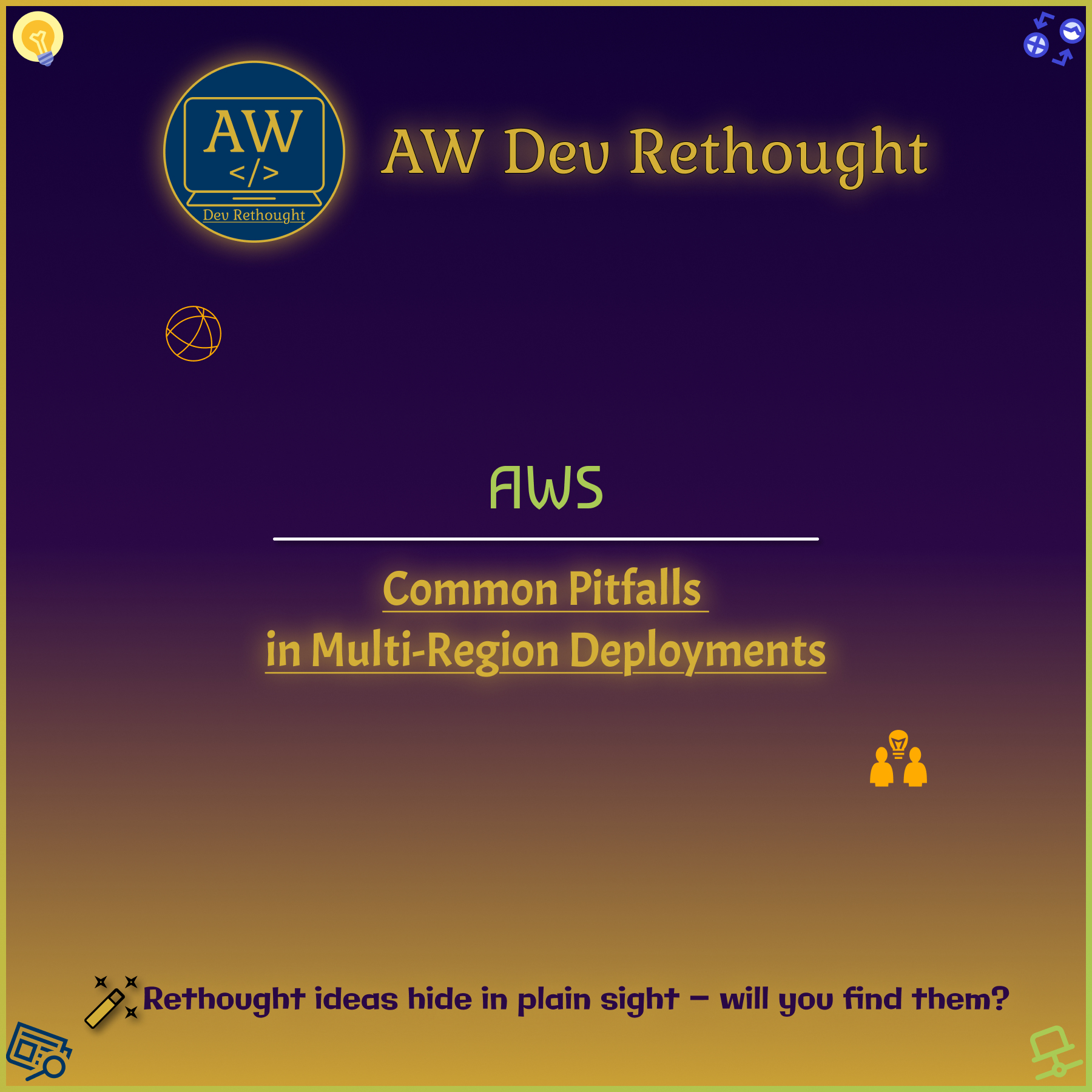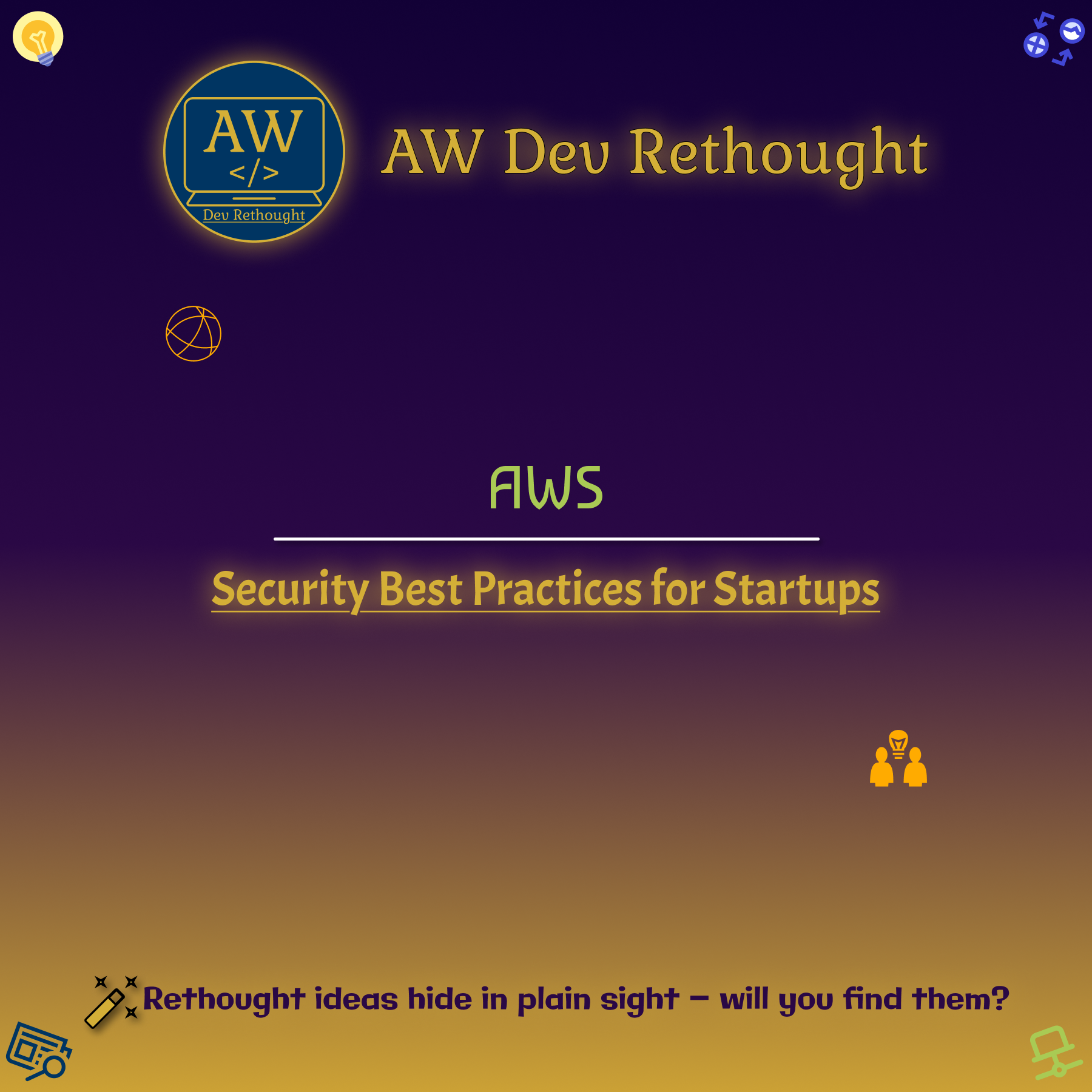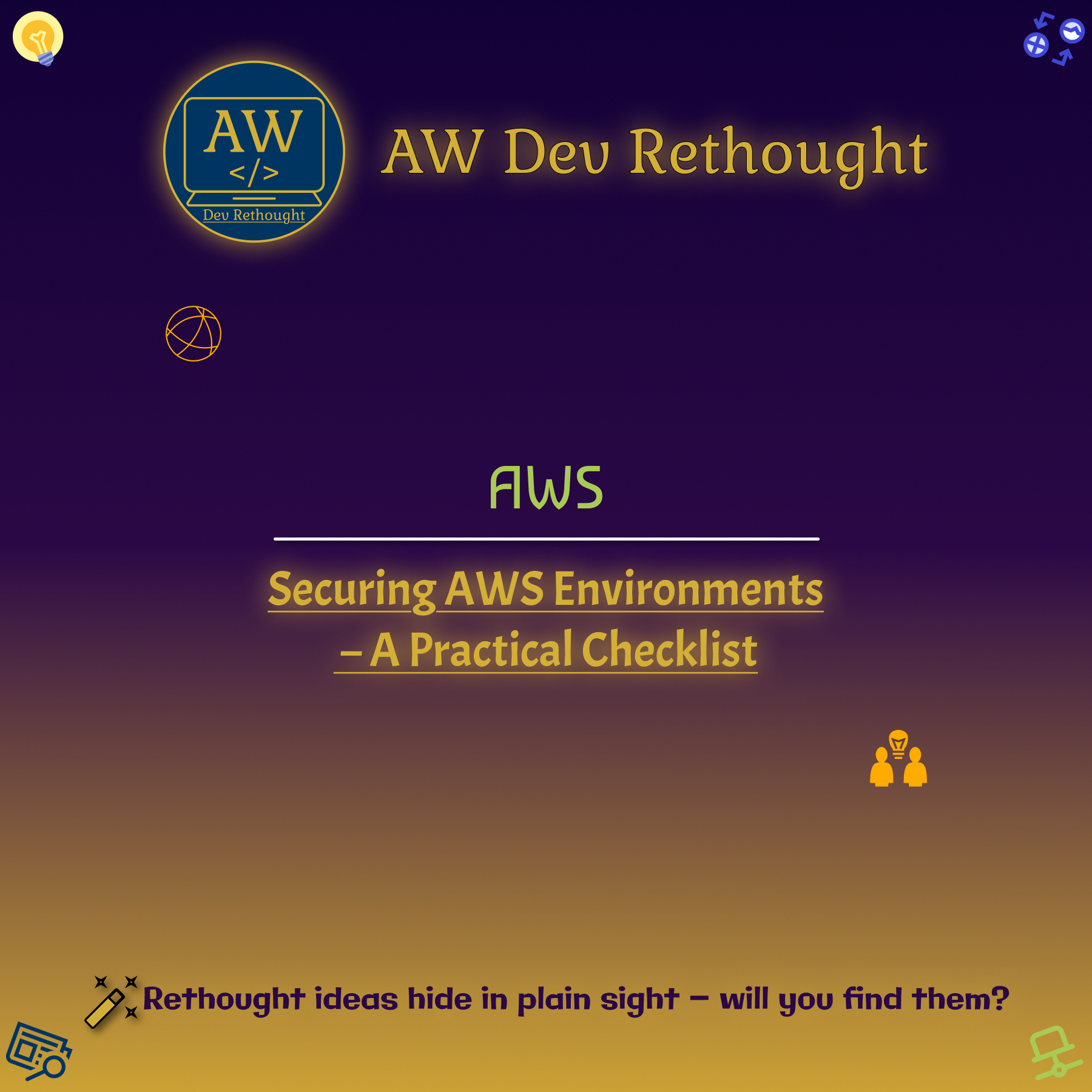AWS: Managing Serverless at Scale
Posted On: October 29, 2025 | 5 min read | 0
Introduction
Serverless computing revolutionized how applications are built and deployed — removing the need to manage servers while automatically handling scalability and availability.
With AWS leading the ecosystem through services like Lambda, API Gateway, DynamoDB, and EventBridge, developers can focus on logic, not infrastructure.
But as adoption grows, scaling serverless architectures introduces new challenges — from monitoring concurrency limits to managing cold starts, cost spikes, and event orchestration.
This guide explores how to manage AWS serverless workloads efficiently and reliably at scale, ensuring performance, visibility, and control.
Understanding Serverless at Scale
In a serverless model, compute resources are provisioned automatically when triggered — scaling seamlessly based on demand.
However, at large scale, operational realities emerge:
- Burst traffic can hit concurrency limits.
- Cold starts can impact latency-sensitive workloads.
- Distributed tracing becomes essential to debug events across functions.
- Cost visibility becomes harder without proper monitoring.
Serverless isn’t “no ops” — it’s “different ops.” Scaling it successfully requires architectural discipline and proactive governance.
Core AWS Services in a Scalable Serverless Stack
| Layer | AWS Service | Purpose |
|---|---|---|
| Compute | AWS Lambda | Core execution environment for functions |
| Networking / API | Amazon API Gateway | Manage, secure, and route HTTP or WebSocket APIs |
| Data Layer | Amazon DynamoDB | Fully managed NoSQL database optimized for speed and scale |
| Event Coordination | Amazon EventBridge / SQS / SNS | Asynchronous event routing and message queuing |
| Orchestration | AWS Step Functions | Manage workflows across multiple functions |
| Observability | Amazon CloudWatch / X-Ray | Metrics, logging, tracing, and performance analysis |
Each service plays a role in building resilient, event-driven systems that scale automatically while staying cost-effective.
Scaling Considerations for AWS Lambda
1. Concurrency Management
Each AWS region has a default concurrency limit per account.
Use reserved concurrency to guarantee capacity for critical functions and provisioned concurrency to pre-warm functions, avoiding cold starts.
2. Optimize Cold Starts
- Use smaller deployment packages and lighter runtimes (e.g., Python, Node.js).
- Reuse initialized resources outside the handler.
- Enable Provisioned Concurrency for latency-sensitive APIs.
3. Handle Burst Traffic
Lambda scales rapidly — up to thousands of concurrent executions per minute — but ensure upstream services (like DynamoDB or APIs) can handle that load.
Use SQS or EventBridge to buffer and smooth traffic spikes.
Observability and Monitoring
At scale, you can’t manually track thousands of function invocations — observability is essential.
Tools and Techniques
- Amazon CloudWatch Metrics – monitor invocation count, duration, errors, and throttles.
- AWS X-Ray – visualize and trace request flow across microservices.
- CloudWatch Logs Insights – run queries on structured logs.
- Third-party tools – Datadog, Lumigo, or Epsagon provide deeper visualization and anomaly detection.
Key Metrics to Track
| Metric | What It Indicates |
|---|---|
| Invocations & Errors | Health of your functions |
| Throttles | Hitting concurrency limits |
| Duration | Cold start or performance bottlenecks |
| Cost per Invocation | Efficiency and scaling economics |
Event-Driven Scaling Patterns
Serverless systems shine in event-driven architectures.
By decoupling services through events, you achieve elasticity, resilience, and modularity.
Common Patterns
-
Fan-out / Fan-in:
Use SNS or EventBridge to trigger multiple functions in parallel, then aggregate results.
-
Queue-based Decoupling:
SQS buffers spikes in demand to prevent downstream overloads.
-
Streaming Ingestion:
Kinesis or DynamoDB Streams process data continuously with Lambda consumers.
-
Workflow Orchestration:
Step Functions manage sequential or parallel task execution with retry logic.
These patterns allow horizontal scaling without coordination overhead.
Cost Optimization at Scale
Serverless is pay-per-use — but at scale, uncontrolled invocations can lead to surprises.
Best practices:
- Use CloudWatch dashboards to correlate usage and cost.
- Enable AWS Budgets with alerts for cost thresholds.
- Choose optimal memory allocation (Lambda cost = duration × memory).
- Leverage Graviton2 processors (ARM) for up to 34% cost savings.
- Batch events where possible to reduce invocation frequency.
Balancing performance and cost is the key to sustainable serverless growth.
Governance and Security
With more functions comes greater responsibility.
Enforce consistency and compliance across your AWS environment with:
- AWS Organizations + Service Control Policies (SCPs) for account-level rules.
- IAM Roles and Permissions Boundaries to restrict resource access.
- AWS Config Rules to detect misconfigurations.
- Encryption (KMS) and Secrets Manager for secure key management.
Establishing guardrails early prevents operational chaos later.
Best Practices for Managing Serverless at Scale
- Adopt Infrastructure as Code (IaC) using AWS SAM, Terraform, or CDK.
- Implement CI/CD pipelines for automated deployment.
- Version and alias functions for safe rollouts.
- Integrate canary deployments with API Gateway or Step Functions.
- Regularly test failover and throttling scenarios.
Serverless at scale is about predictability — ensure every deployment behaves consistently under load.
Conclusion
AWS serverless technologies empower teams to build scalable, cost-efficient systems without managing infrastructure.
But achieving success at scale requires intentional architecture, visibility, and automation.
By combining event-driven design, observability tools, and governance frameworks, you can unlock the full potential of serverless — delivering faster, safer, and smarter applications at global scale.





No comments yet. Be the first to comment!